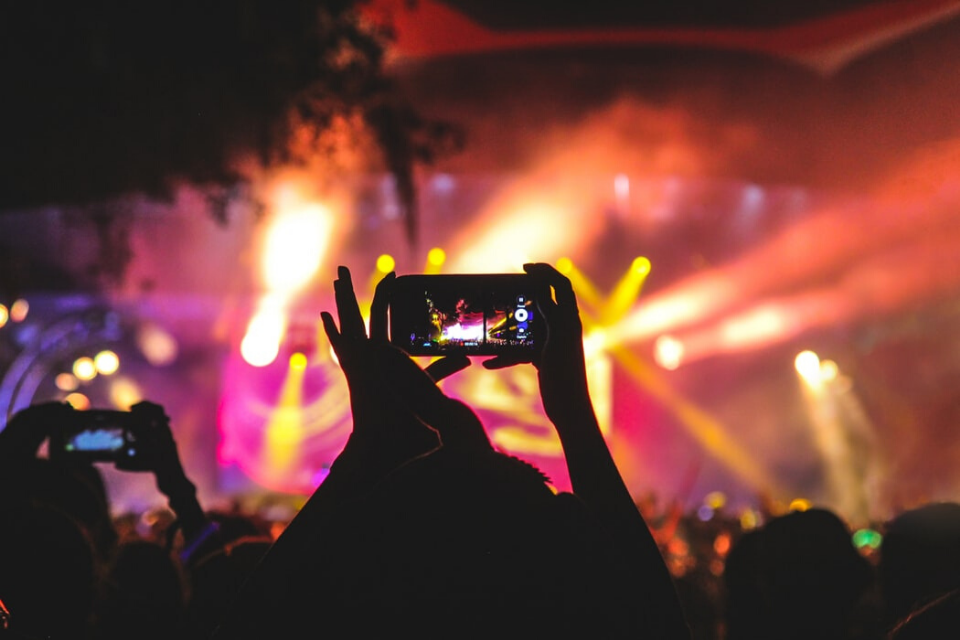The Most Common Mistakes in Online Event Marketing
Mistakes are possible at any stage of event marketing campaign, most of the risks can be considered already before launching the event marketing...

It is hard to find a modern company that is absent on social media. Social media allow to stay connected with your audience, to build a positive brand image and brand loyalty, to improve sales and many other things. Influencer marketing goes beyond social media marketing. It involves more personal relationships between the company and the customer via influencers. These people have a strong social influence and people tend to trust their choice. Influencer marketing is basically a new form of word-of-mouth marketing. It is usually associated with endorsements and product placements in order to sell a certain product or service. The most popular platform for influencer marketing is Instagram, but every social media platform has its own influencers.
Similar to companies, most of the events have their own social media accounts. Some event organizers believe that just posting high-quality content is enough to draw attention, others invest money in collaborations with influencers for event’s promotion. Several researches and surveys indicate that influencer marketing allows to achieve a lot more than other ways of marketing with the same amount of investments. Sounds impressive, but how to build effective influencer marketing for events?
Influencers need space to express their personality. To avoid unpleasant surprises make in-depth analysis with whom do you want to collaborate. They might have controversial values, which don’t correlate with your brand image. Remember to analyze influencer’s audience by demographics as well.
Ten years ago only famous people could call themselves influencers. Today’s trend is to work with micro-influencers (up to 10,000 followers), because they have loyal, reliable and active followers. Apart from being trustworthy, micro-influencers are cheaper to work with. It means that instead of paying to one influencer, it might be more reasonable to collaborate with several micro-influencers to reach more diverse audiences. Moreover, micro-influencers tend to have longer relationships with brands so that their audience is not overloaded with the amount of advertisements. For example, micro-influencers can share their real emotions when visiting an event and barely nobody would think that it’s a fake.

Influencers are usually creative people. If you lack this skill, influencers can help to create more extraordinary content. Unexpected content might attract more potential visitors than well-planned but boring event promotion. Nevertheless, even the most extraordinary content should correlate with your influencer marketing strategy and help to achieve the common goals of an influencer marketing campaign.
Luckily, there is a huge variety of analytical tools to control how effective collaboration with a certain influencer is. The most important KPIs to value your influencer marketing for event success are:
Last but not least, a success of influencer marketing campaign might be ruined if an event website isn’t user-friendly. Don’t risk and make sure that a ticket purchase becomes a clear and effortless process. Liveto is ready to help! Get an event website that can be accessed from any device with Dropshop feature to ensure smooth ticket purchase experience.
Any questions? Contact Liveto sales team here or from the link below. We help your event sales succeed! Also, remeber to check out our social media channels for more material and ideas for your event!

Mistakes are possible at any stage of event marketing campaign, most of the risks can be considered already before launching the event marketing...
.png)
”JAMK University of Applied Sciences is an international higher education institution with expertise in 8 different fields of study.” In December...

Instagram became the most significant social media of today. Nowadays Instagram is not only entertaining, but also a business platform. The majority...